By Daniel dos Santos*
Listen to the sound of the instrument as you read (Video shows an “Apollo Organ” with electric bellows drive mechanism, probably from the 1930s):
In 1918, a pneumatic harmonium with pedals (reed organ) by Rushworth & Dreaper in Liverpool, made its way to Brazil, more specifically to the coast of São Paulo. That year, the first – and only – Anglican Episcopal Church in the city of Santos had just been built and, as usual and important, the instrument of the organ family was commissioned to be part of their cults.
Unlike an organ in which metal tubes are responsible for the emission and pitch of notes through the passage of air through them – tube organs – the harmonium does so with small vibrating reeds – also made of metal. For this, much like an accordion, there is a bellows expanded and contracted by a pedal mechanism responsible for controlling the air in the instrument (fig. 1)¹.
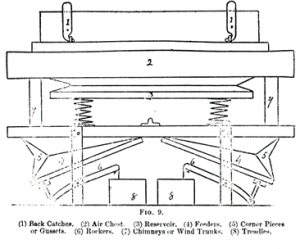
Figure 1: Pneumatic diagram of a harmonium.
In the image above, the part number two is the air bag (bellows) moved by the pedal system below. The keys, when pressed, release the passage so that the air reaches the reeds, causing their vibration.
In this video (2018)², it is possible to better understand how this system works:
The harmonium model commissioned by the Anglican Parish of Santos is “Apollo Organ”, as can be seen on the plate above the keyboards shown in figure 2.
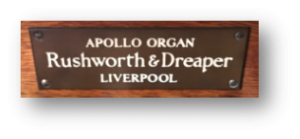
Figure 2: Rushworth & Dreaper Model Nameplate.
According to Gellerman’s International Reed Organ Atlas (1998)³:
“The Apollo is a pedalboard organ with two keyboards […] made to look like a pipe organ console. In it there are usually four sets of picks for each keyboard and two or three for the pedals” (p. 7).
KERR (1985) 4 completa com um esquema mais detalhado de suas características em seu Catálogo de Órgãos do Brasil:
Rushworth and Dreaper (Liverpool)/1918 Pneumático
| I- Gt. | II – Sw. |
| Violone 16′ | Bourdon 16. |
| Open Diapason 8′ | Gamba 8′ |
| Dulciana 8′ | Flute 4′ |
| Clarabella 8′ | Oboe 8′ |
| Principal 4′ | |
| Ped. (30 teclas) | Sw/Gt |
| Open Diapason 16′ | Gt/Ped. |
| Subbass 16′ | Gt/Sw |
| Tremulous | |
| Expressive box | |
| Crescendo | |
(Cataloguing p. 206)
Respectively “Gt.”, “Sw.” And “Ped.” are abbreviations for “great”, “swell” and “pedal”. The first refers to a set of registers linked to the lower keyboard, the second to the upper ones, and the third to the pedals. In addition, there are those that work as combinations between the sets, the “couplers”. These registers are pegs that are on the sides of the instrument (fig. 3) pulled to obtain different timbres (MILLER, 2003) 5.
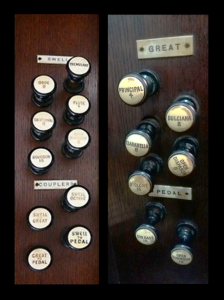
Figure 3: Records of a Rushworth & Dreaper Apollo Organ (1918).
There are 2 registers for the pedals, 5 for the lower keyboard, 4 for the upper and 4 for the combinations.
The numbers represent the changes in octaves in the register shift:
| Tuning | Relation to tuning |
| 32’ | Two octaves below |
| 16’ | One octave lower |
| 8’ | Tuning in the tuning fork pattern |
| 4’ | One octave higher |
| 2’ | Two octaves up |
| 1’ | Three octaves up |
(MILLER, 2003, p. 6)
In 1985, KERR writes that the harmonium would be in regular condition. However, currently, according to Reverend Josué, responsible for the parish and who received me on January 19, 2022, two keys do not work and need to be repaired.
Since 2015, both the Apollo Organ (fig. 4), as well as the exterior of the building of the “Anglican Episcopal Parish of Santos” (fig. 5) and part of the parish house on the same ground are listed by the city hall under the inscription in heritage registry book 01, inscription 54, Proc. 109.679/2010-56, Resolution SC 01/2015 of June 11th, 2015. However, according to Reverend Josué, until then, there is no one to fix the instrument.
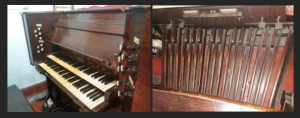
Figure 4: Apollo Organ (1918) – Rushworth & Dreaper. Anglican Episcopal Church of city of Santos.
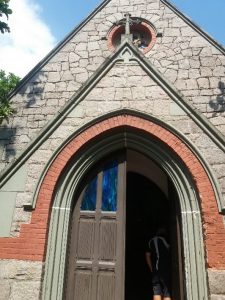
Figure 5: Entrance to the Anglican Episcopal Church of the city of Santos, built in 1918.
References:
¹ EARL, S. G. Repairing the Reed Organ and Harmonium. The Organ Literature Foundation, 1976. p. 18.
² CATÓLICAS, Partituras. Por Dentro Do Harmônio. Youtube, Nov. 30, 2018. Available at <https://www.youtube.com/watch?v=TE0j49rZYZk>. Accessed on: Jan. 20, 2022.
³ GELLERMAN, Robert F. Gellerman’s International Reed Organ Atlas. Rowman & Littlefield, 1998.
4 KERR, Dorotéa Machado. Possíveis causas do declínio do órgão no Brasil e Catálogo de Órgãos no Brasil. Master’s dissertation presented to the School of Music of the Federal University of Rio de Janeiro. 1985. P. 206.
5 MILLER, Dan. Beginnig Organ. Rodgers, 2003.
6 FISCHER, J. Rushworth & Dreaper Apollo organ, showing different stops in combination. Youtube, March 5, 2017. Available at: <https://www.youtube.com/watch?v=mvmrjDjYgSE>. Accessed on: Jan. 20, 2022.
*Daniel dos Santos is a multi-instrumentalist musician with a focus on cordophone musical instruments; Bachelor’s Degree in Music and Musical Sciences from the Federal University of Pelotas (UFPel); and an independent ethnomusicologist with research interests focused on the sociocultural contexts in which traditional Caiçara music is developed (farmer-fisherman from the south-southeast coast of Brazil).






